January 6, 2017
Thirteen ways the physical environment shapes knowledge management
 Knowledge management (including its creation, transference and storage) within an organisation is now widely considered to be one of the primary drivers of a business’s sustainability. Driven by changing demographics, businesses are recognising the ways in which valuable knowledge is lost when employees leave the organisation, including when they retire or are made redundant in response to changing economic conditions. Geyer, an Australian design practice, is just one organisation that has undertaken important research to understand the role of the physical environment in knowledge management.The aim of the research was to explore the kinds of environments and their attributes (if any) that could support the management of knowledge in an organisation. The research also aimed to expand the focus of existing knowledge management literature; from information technology to workplace design.
Knowledge management (including its creation, transference and storage) within an organisation is now widely considered to be one of the primary drivers of a business’s sustainability. Driven by changing demographics, businesses are recognising the ways in which valuable knowledge is lost when employees leave the organisation, including when they retire or are made redundant in response to changing economic conditions. Geyer, an Australian design practice, is just one organisation that has undertaken important research to understand the role of the physical environment in knowledge management.The aim of the research was to explore the kinds of environments and their attributes (if any) that could support the management of knowledge in an organisation. The research also aimed to expand the focus of existing knowledge management literature; from information technology to workplace design.





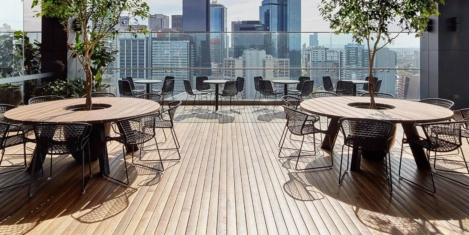
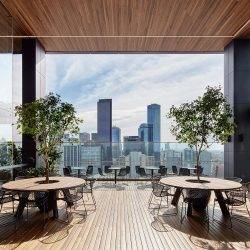
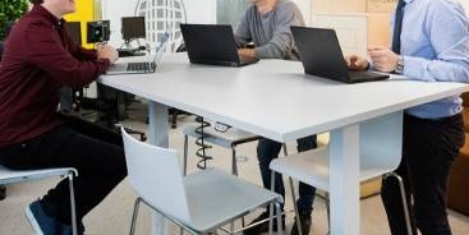





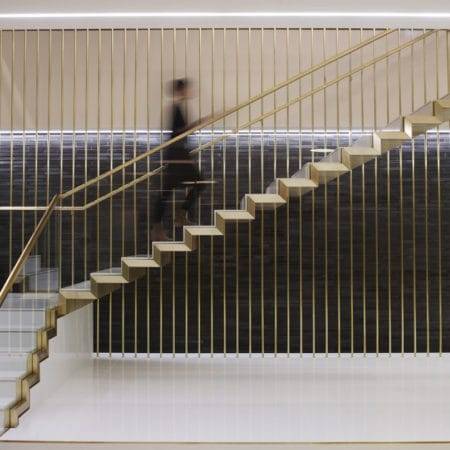

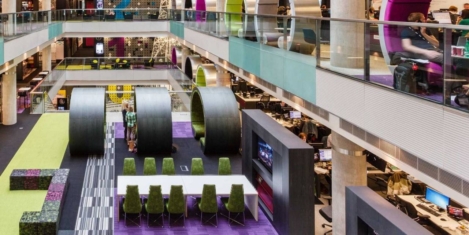
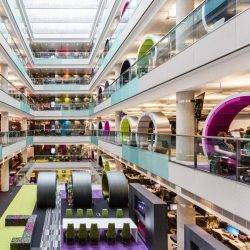


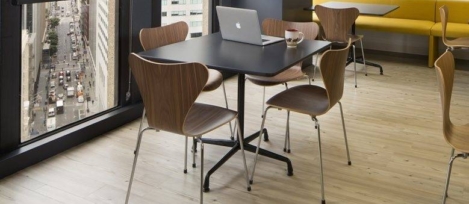
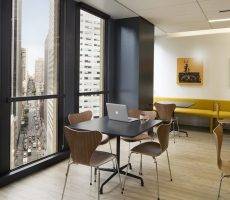
















August 17, 2016
Intelligent lighting can enhance workplace wellbeing and productivity 0
by Andy Gallacher • Comment, Environment, Facilities management, Lighting, Wellbeing, Workplace design
More →